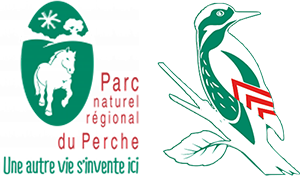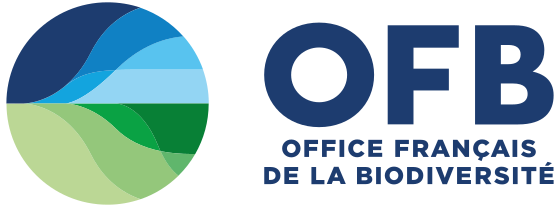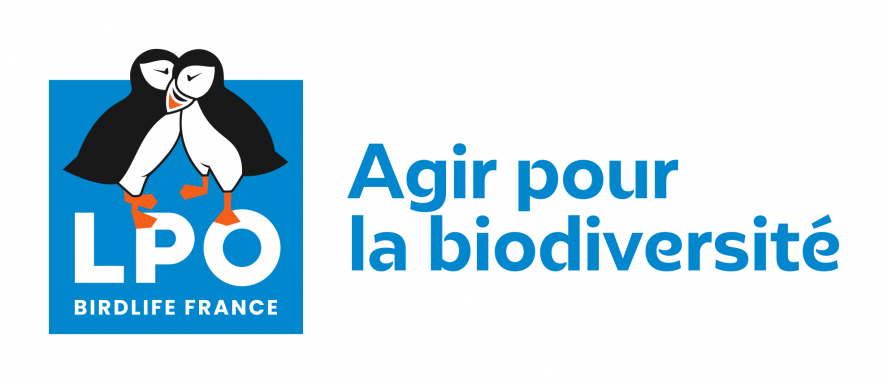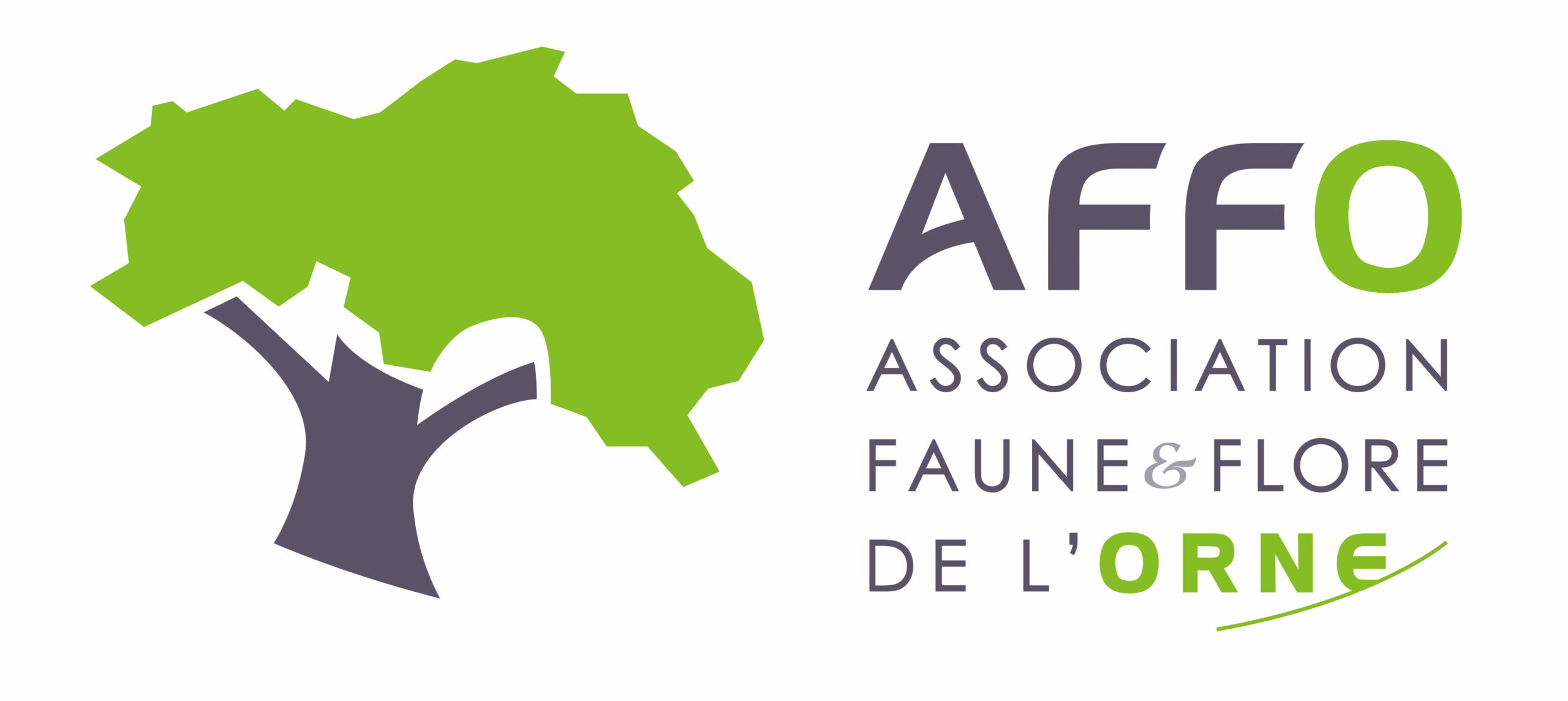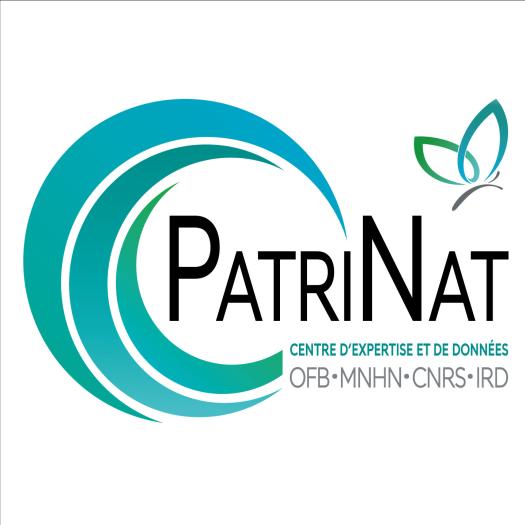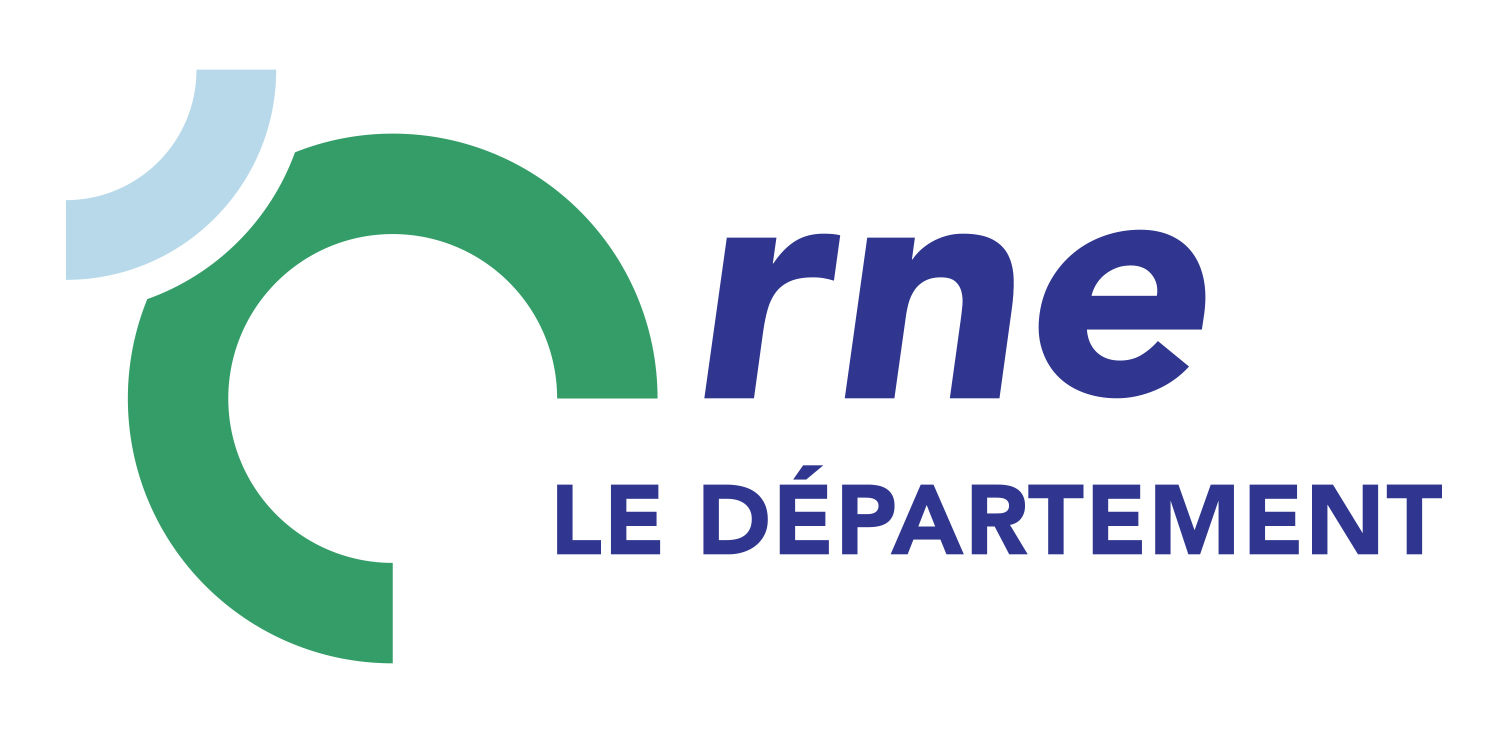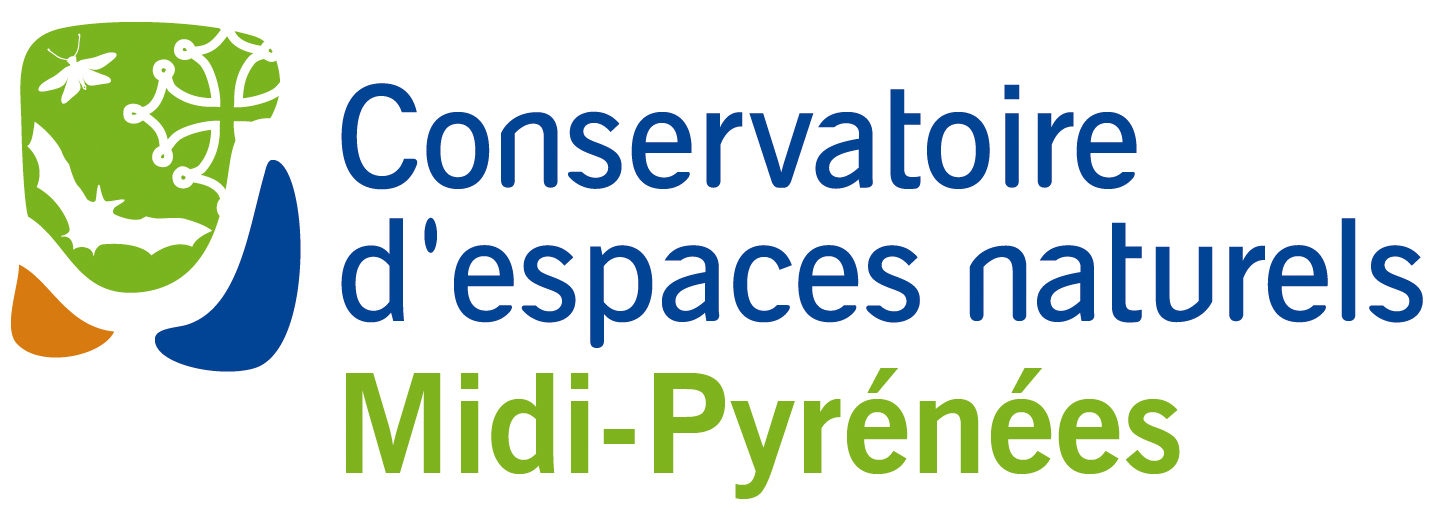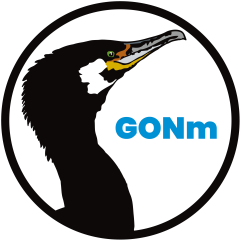- 248 observations
-
63
communes -
22
observateurs
24
organismes -
Première observation
1972 -
Dernière observation
2025
Appenai-sous-Bellême - Aunou-sur-Orne - Bailleul - Barville - Beaulieu - Beauvain - Belfonds - Belforêt-en-Perche - Berd'huis - Briouze - Chailloué - Champosoult - Champsecret - Chandai - Charencey - Commeaux - Condé-sur-Sarthe - Essay - Fontaine-les-Bassets - Gâprée - Gouffern en Auge - Igé - La Ferrière-Bochard - La Ferté-en-Ouche - La Ferté Macé - La Lande-de-Goult - La Lande-de-Lougé - La Madeleine-Bouvet - La Mesnière - Le Grais - Le Mage - Les Menus - Les Yveteaux - Longny les Villages - Macé - Marchemaisons - Ménil-Erreux - Merri - Montmerrei - Mortrée - Moulins-sur-Orne - Moutiers-au-Perche - Neauphe-sous-Essai - Ommoy - Perche en Nocé - Putanges-le-Lac - Rânes - Réveillon - Rives d'Andaine - Sablons sur Huisne - Sainte-Gauburge-Sainte-Colombe - Saint-Ellier-les-Bois - Saint-Germain-le-Vieux - Saint-Julien-sur-Sarthe - Saint-Langis-lès-Mortagne - Saint-Léger-sur-Sarthe - Saint-Patrice-du-Désert - Saint-Sauveur-de-Carrouges - Sées - Semallé - Suré - Tourouvre au Perche - Trémont
-
Muséum national d'Histoire naturelle (MNHN)
Participation à 78 Observations
Part d'aide à la prospection : 31.45 %
Fiche organisme
-
Office Français de la Biodiversité (OFB)
Participation à 52 Observations
Part d'aide à la prospection : 20.97 %
Fiche organisme
-
Société d'études ornithologiques de France (SEOF)
Participation à 42 Observations
Part d'aide à la prospection : 16.94 %
Fiche organisme
-
Champ éolien des Plaines du Dunois
Participation à 29 Observations
Part d'aide à la prospection : 11.69 %
Fiche organisme
-
Thema Environnement
Participation à 24 Observations
Part d'aide à la prospection : 9.68 %
Fiche organisme
-
Association Faune & Flore de l'Orne (AFFO)
Participation à 21 Observations
Part d'aide à la prospection : 8.47 %
Fiche organisme
-
IEL Exploitation 69
Participation à 14 Observations
Part d'aide à la prospection : 5.65 %
Fiche organisme
-
UMS PatriNat (OFB-CNRS-MNHN)
Participation à 14 Observations
Part d'aide à la prospection : 5.65 %
Fiche organisme
-
Ministère de la Transition écologique et de la Cohésion des territoires
Participation à 11 Observations
Part d'aide à la prospection : 4.44 %
Fiche organisme
-
IEL Exploitation 74
Participation à 10 Observations
Part d'aide à la prospection : 4.03 %
Fiche organisme
-
Conseil départemental de l'Orne (bureau ENS)
Participation à 5 Observations
Part d'aide à la prospection : 2.02 %
Fiche organisme
-
PNR et géoparc mondial UNESCO Normandie-Maine
Participation à 4 Observations
Part d'aide à la prospection : 1.61 %
Fiche organisme
-
Ferme éolinne de Germancé à Saint-Ellier-les-Bois
Participation à 3 Observations
Part d'aide à la prospection : 1.21 %
Fiche organisme
-
Conservatoire d'espaces naturels de Midi-Pyrénées (CEN MP)
Participation à 3 Observations
Part d'aide à la prospection : 1.21 %
Fiche organisme
-
Système mondial d’information sur la biodiversité (GBIF)
Participation à 3 Observations
Part d'aide à la prospection : 1.21 %
Fiche organisme
-
SOCIETE D'EXPLOITATION DU PARC EOLIEN BOIS SEIGNEUR
Participation à 2 Observations
Part d'aide à la prospection : 0.81 %
Fiche organisme
-
Groupe Ornithologique Normand (GONm)
Participation à 2 Observations
Part d'aide à la prospection : 0.81 %
Fiche organisme
-
Habitants-bénévoles
Participation à 1 Observation
Part d'aide à la prospection : 0.40 %
Fiche organisme
-
Ferme éolinne de Fay
Participation à 1 Observation
Part d'aide à la prospection : 0.40 %
Fiche organisme
-
SETUP ENVIRONNEMENT
Participation à 1 Observation
Part d'aide à la prospection : 0.40 %
Fiche organisme
Informations espèce
Répartition actuelle en France métropolitaine
© INPN - Avertissement : les données visualisables reflètent l'état d'avancement des connaissances et/ou la disponibilité des données existantes au niveau national : elles ne peuvent en aucun cas être considérées comme exhaustives.
Répartition actuelle dans le monde
Avertissement : les données visualisables reflètent l'état d'avancement des connaissances et/ou la disponibilité des données existantes au niveau mondial : elles ne peuvent en aucun cas être considérées comme exhaustives.






